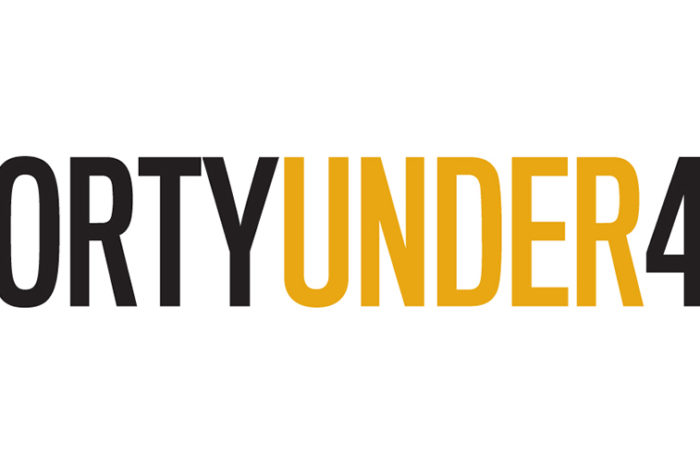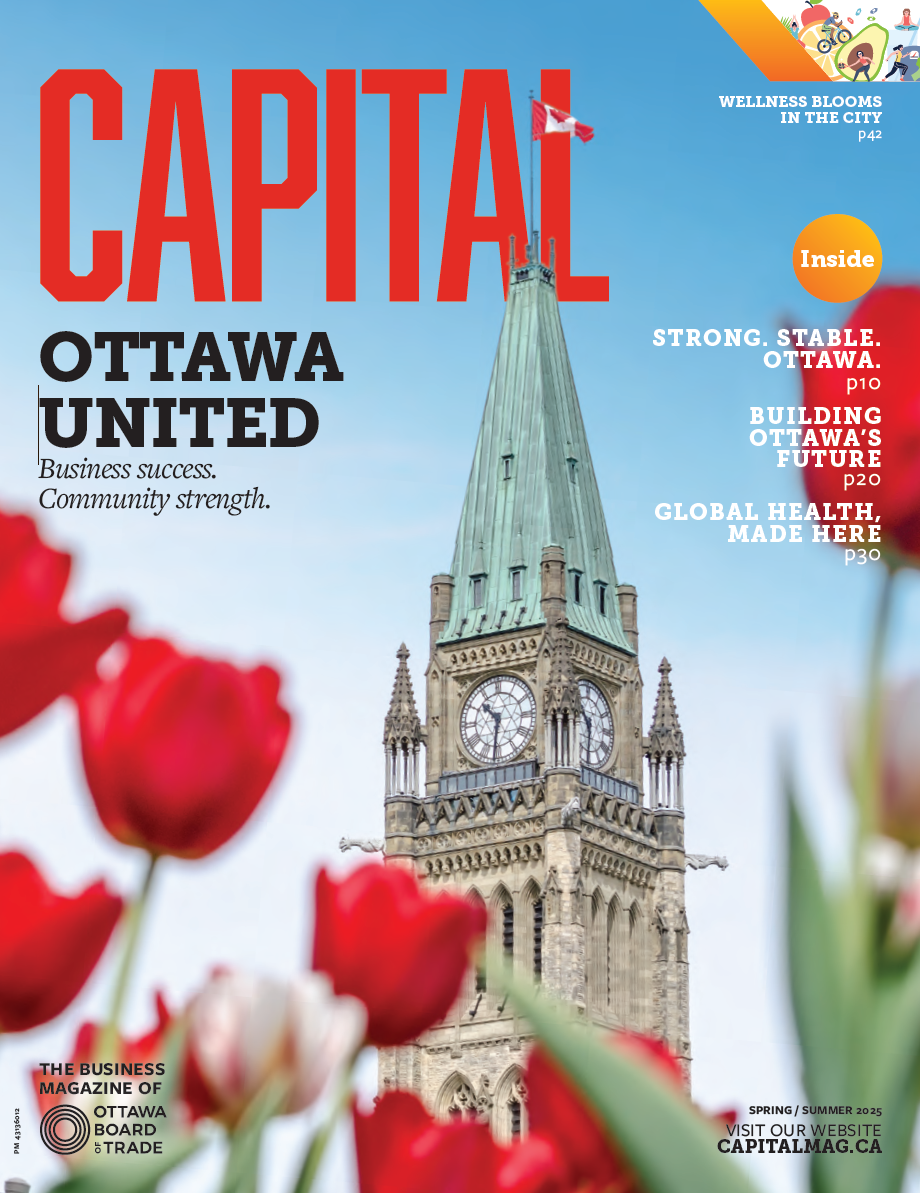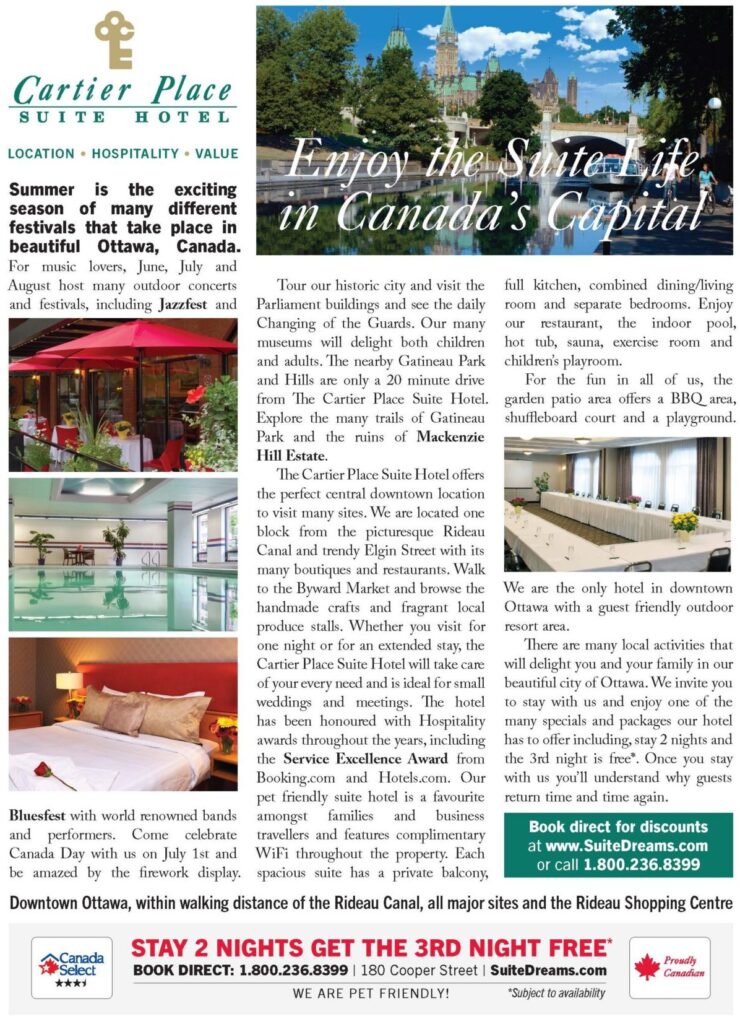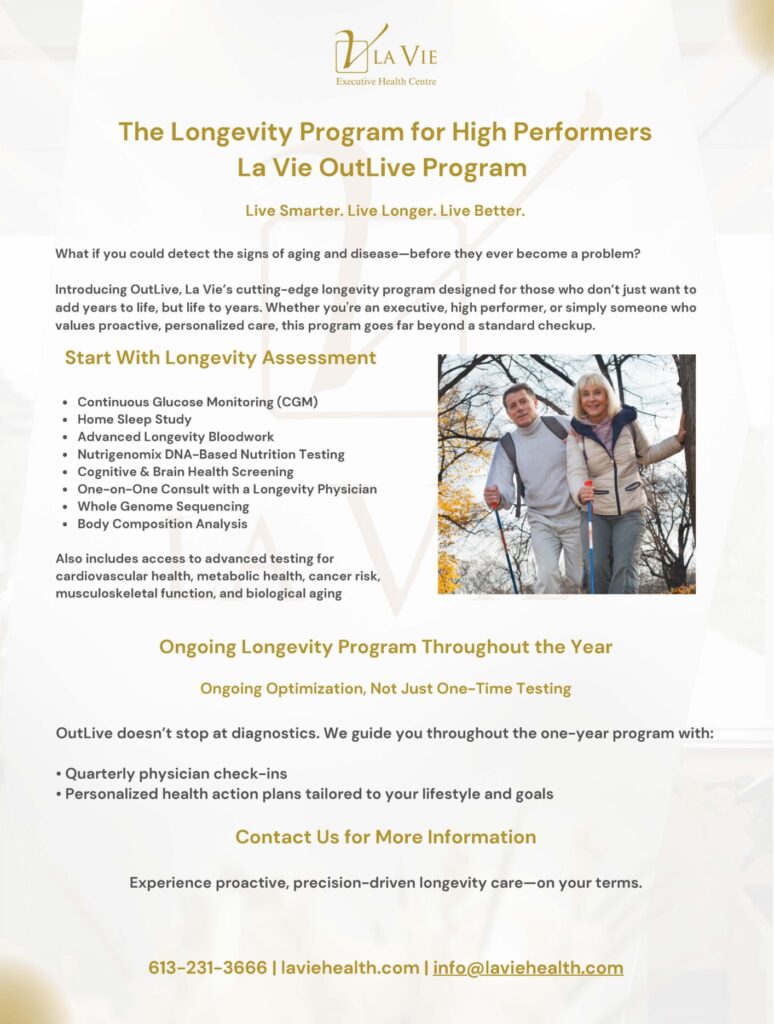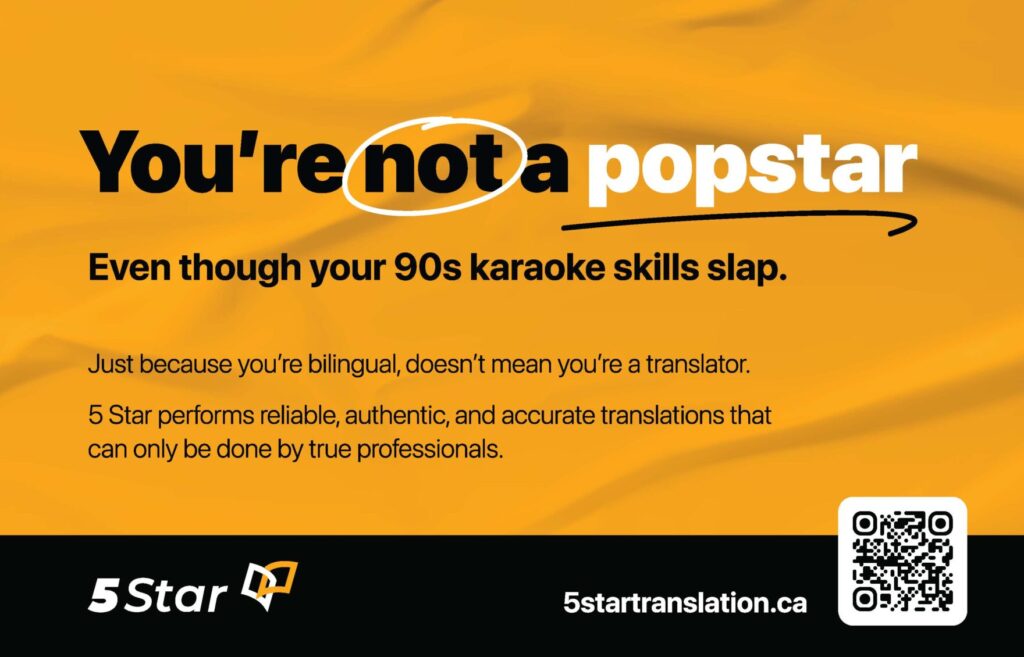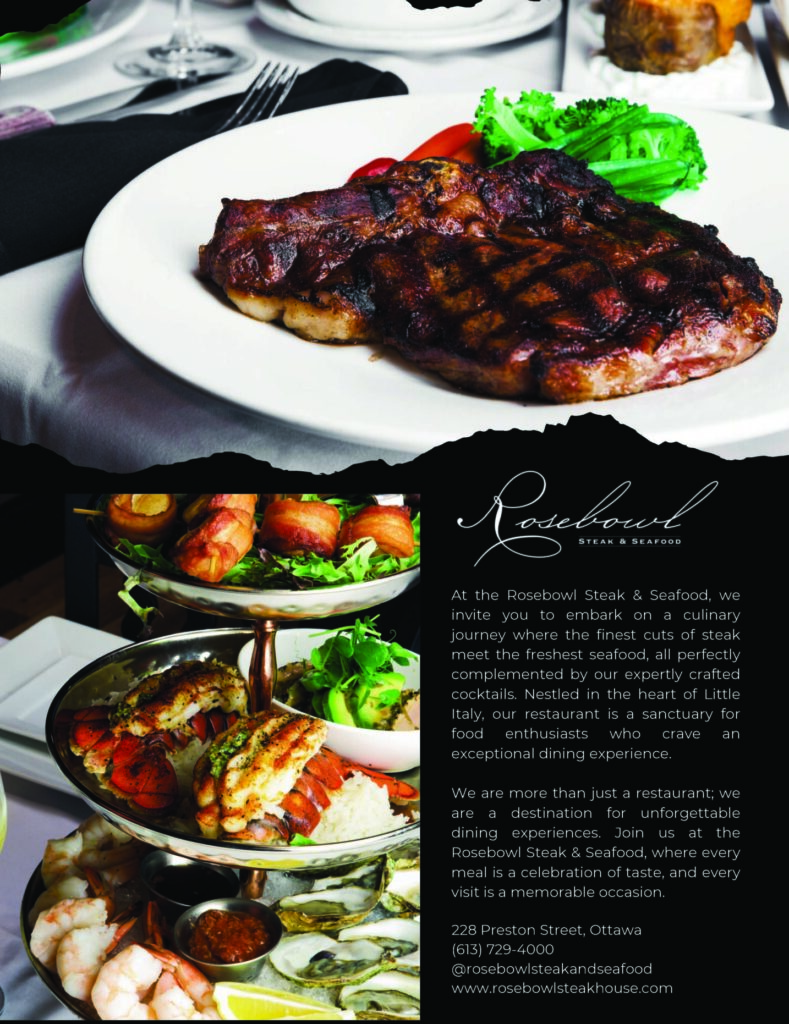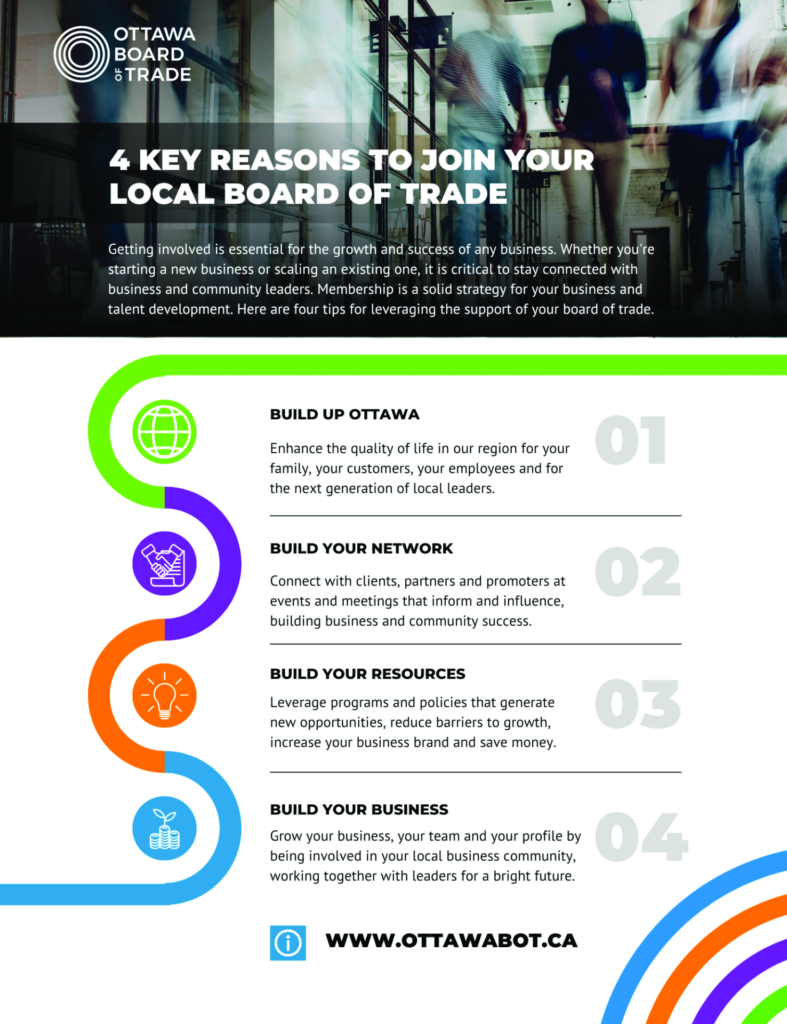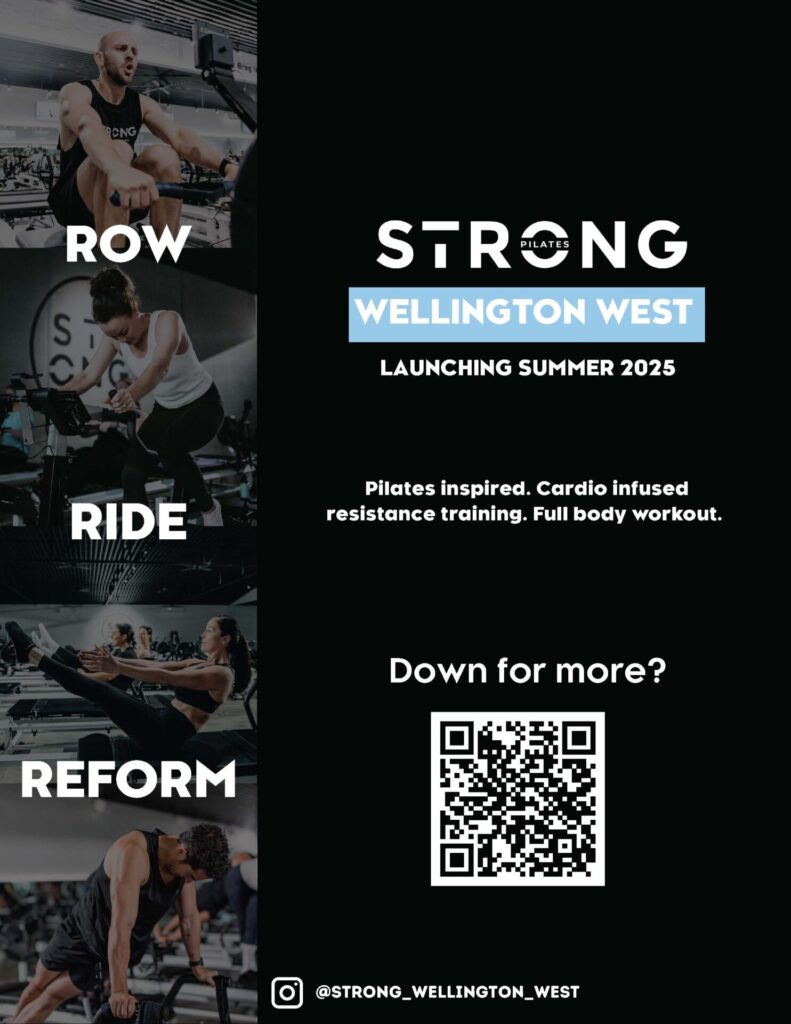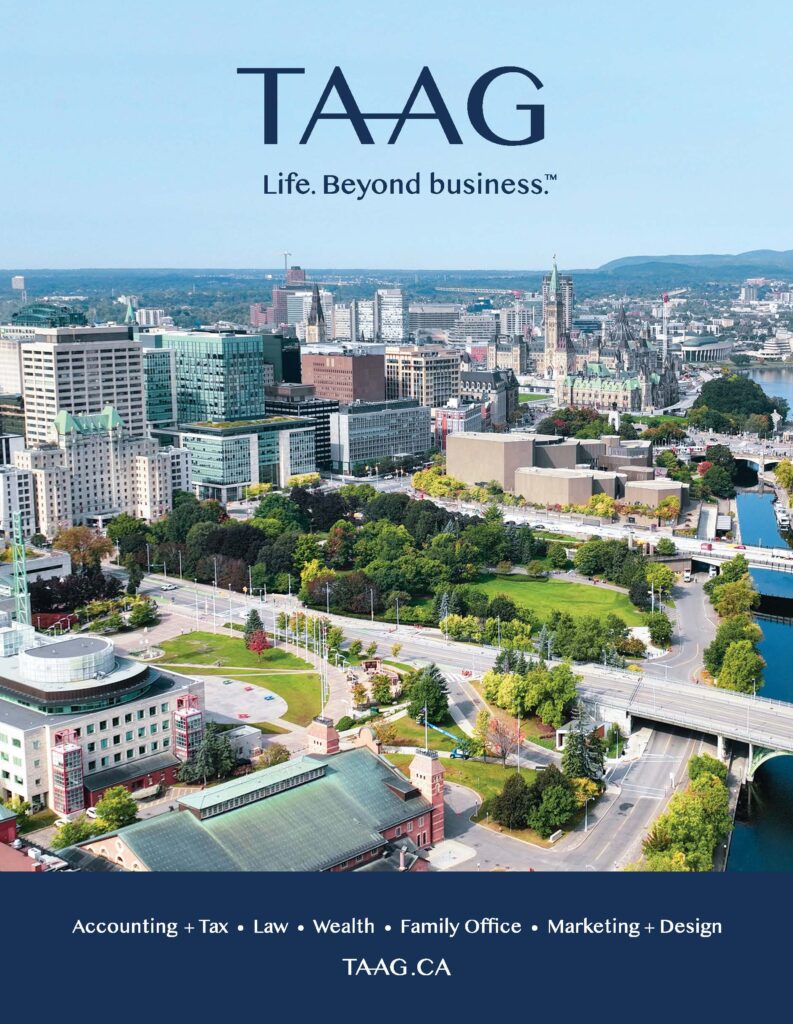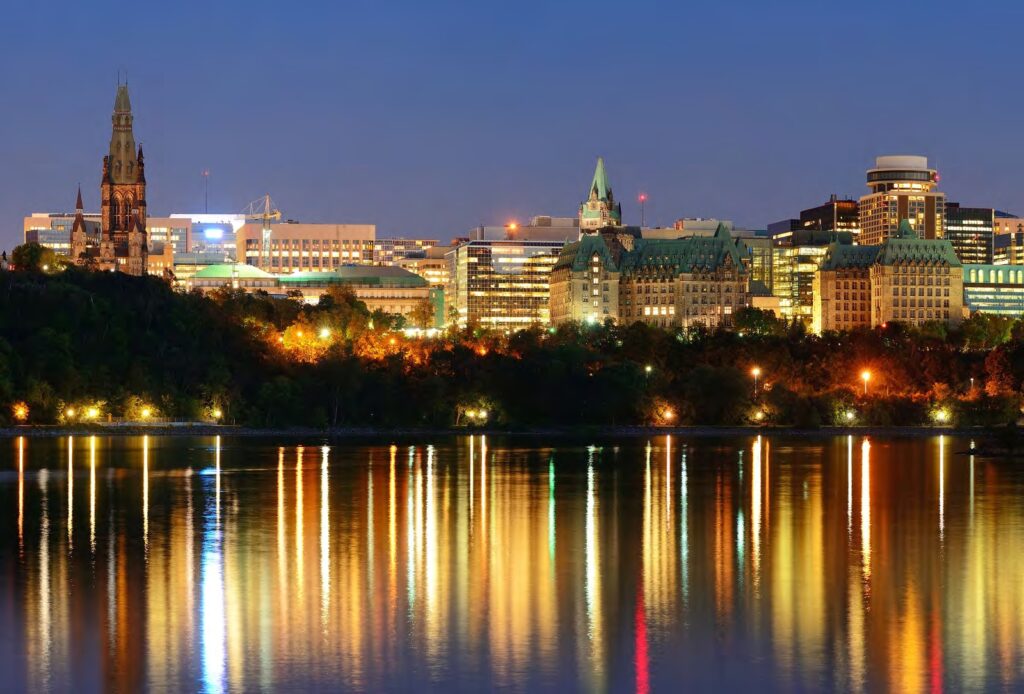The Last Word

Lisa Macleod, Minister of Heritage, Sport, Tourism and Culture Industries
In January 25, 2020 I was at brunch at the Carleton University cafeteria with my daughter’s Nepean Wildcats hockey team after a game. I remember learning about the first Covid-19 case in Ontario right there and then. I left the table and called my chief of staff and my deputy minister and asked them to begin planning the Ministry of Heritage, Sport, Tourism and Culture industries for a SARS like crisis that crippled the sectors we represent in 2003. I think they might have thought I was overreacting, but to this day, I am glad we proceeded. This healthcare, economic and social crisis has lasted longer and has cut much deeper than the SARS pandemic, the global economic recession and 9/11 combined.
We had just recently rebranded the Ministry to better reflect its double bottom line – one that undoubtedly reminds us of Ontario’s cultural fabric and societal benefits (the things that make us love where we live like the Glengarry Highland Games, the Ottawa 67’s and the vast trails cared for by the National Capital Commission)– while also – in 2019 demonstrating an impressive economic output, too, generating over a half a million jobs in everything from local tourism attractions and restaurants to Canada’s impressive creative sectors which top ratings and charts on screens and radios around the world to our professional sports organizations, like our Ottawa Senators to recreational opportunities like boating, fishing and snowmobiling. The suite of sectors combined were worth $75 Billion in economic activity – larger than mining, forestry, and agriculture put together and larger than the GDP of Manitoba.
These sectors and industries include the ultimate small business sector (think the Haunted Walk or Saunders Farm) with some of the biggest brands in the world (the National Arts Centre and Air Canada) with the largest volunteer base in the country (Bluesfest Ottawa, minor sports like those who help out the Nepean Eagles Football Club and our not for profits supported by our Ontario Trillium Foundation). Heritage, sport, tourism and culture are interconnected and ingrained within our daily lives. If we took them for granted prior to Covid-19 it’s doubtful we will ever again. That’s because on March 12, 2020 these sectors were hit first with closures, hardest with immediate job losses, and as we have seen almost 16 months on, are taking the longest to recover. Whether kids camps, watching our beloved RedBlacks or visiting Calypso theme park or even just having a nice meal in the Byward Market the pandemic truly has reminded us that what we love about our hometowns are the exact same things that draw people to us to visit and support our local economy.
I’ve had the benefit to receive guidance throughout the pandemic from Ottawa residents Michael Crockatt, Erin Benjamin, Cyril Leeder, Mark Goudie, Anthony Leblanc, Bruce Harvey, Steve Beckta, Colin Morrison, Nina Kressler and many others to help guide our social and economic recovery- their advice on tourism, live music, film/television/animation, restaurants and hotels and conventions has been invaluable as we restore Ottawa as a Gateway City that will once again attract people from around the world post-pandemic.
I think they might have thought I was overreacting, but to this day, I am glad we proceeded. This healthcare, economic and social crisis has lasted longer and has cut much deeper than the SARS pandemic, the global economic recession and 9/11 combined.
We still have much work to do given we remain in a health crisis. We will also need to boost consumer sentiments and ensure confidence in our sectors otherwise, the social crisis which we have been struggling with will exacerbate our challenges amongst our high touch, high volume sectors. All that said, however, I am optimistic that with proper planning, increased funding secured in the 2021 budget and our authentic Ontario experience, our visitor economy –both leisure and business – will position Ottawa for economic and social success. I am also optimistic that we will come through this pandemic with the creativity and ingenuity in heritage, sports, tourism and culture that only these sectors could provide, after all, they are the creators of Ontario’s spectacular double bottom line, and they’ve mastered this before.
